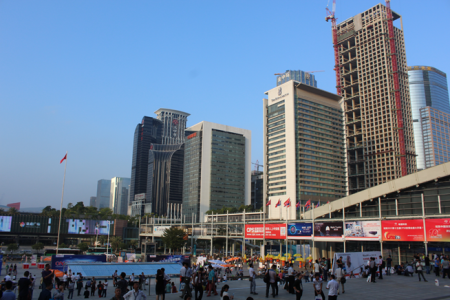China – a security superpower
Tim Compston, Features Editor at SecurityNewsDesk, reflects on his visit to China, a nation which is not only an economic powerhouse but is fast becoming a force to be reckoned in the security field.
For those who have never seen China for themselves it may be difficult to appreciate just how far the country has come and why, significantly, today the footprint of Chinese security solutions is expanding domestically – where their home market’s value for video surveillance alone represents 40 percent of total global sales, according to IHS, and, even more significantly, in overseas territories like the US and EMEA.
The fact that the top two vendors worldwide are now Chinese is certainly indicative of the strong competition which they offer to the more established incumbents. Speaking to Chinese manufacturers, like Hikvision, it is readily apparent that there is a strong desire to push forward, backed by a strong R&D base, with new, intelligent, and market-leading solutions rather than just following what other vendors are doing in the market.
Building big
Arriving in China for the first time as part of an international media trip arranged by Hikvision – the world’s largest supplier of video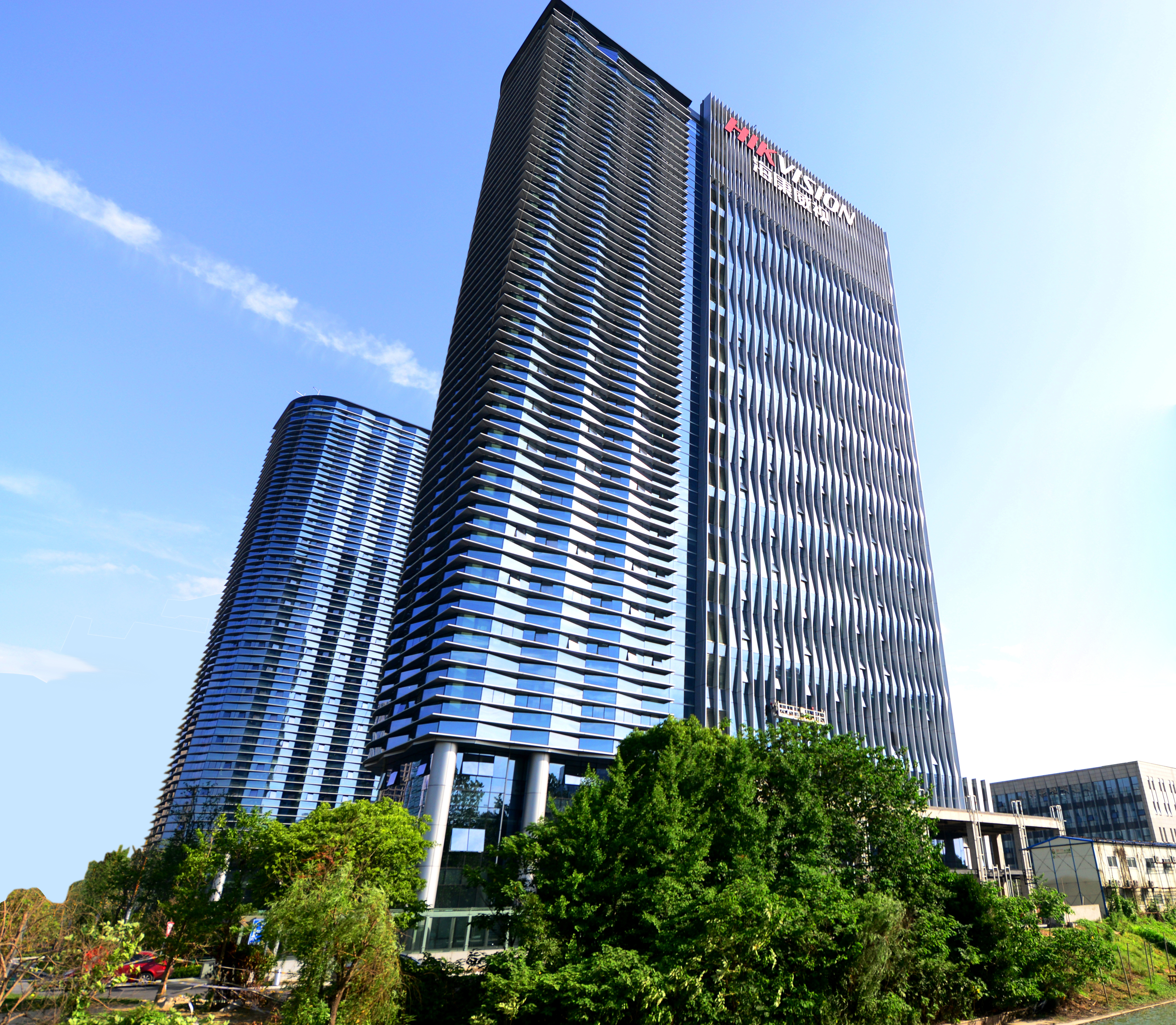 surveillance products and solutions – it was hard not to be impressed by the sheer scale of everything. Shanghai where I landed and spent my first evening has a spectacular, futuristic, skyline on a par with anything else on the planet. The Pudong area – with its landmark Oriental Pearl Tower – is certainly emblematic of the new, confident, China, and was a real contrast with the older European inspired buildings of the Bund across the Huangpu River. This dynamic city, which sits on China’s east coast, is China’s largest and being home to around 23 million inhabitants could comfortably hold the population of a country like Australia, or a third of the UK’s.
surveillance products and solutions – it was hard not to be impressed by the sheer scale of everything. Shanghai where I landed and spent my first evening has a spectacular, futuristic, skyline on a par with anything else on the planet. The Pudong area – with its landmark Oriental Pearl Tower – is certainly emblematic of the new, confident, China, and was a real contrast with the older European inspired buildings of the Bund across the Huangpu River. This dynamic city, which sits on China’s east coast, is China’s largest and being home to around 23 million inhabitants could comfortably hold the population of a country like Australia, or a third of the UK’s.
From Shanghai it was on by bus to Hangzhou, with other members of the media, for a high-level briefing with Hikvision’s executive team, as well as a tour of the company’s showroom, labs and factory. On the way to Hangzhou we were overtaken by several HSR (High Speed Rail) trains travelling on an elevated track that mirrored the course of the highway. This encounter served to underline the level, and speed, of Chinese infrastructure development, which most commentators agree is unparalleled in human history.
Press briefing
The key speakers for the press conference held at Hikvision’s headquarters, in Hangzhou, were Yangzhong Hu, the company’s president, and Keen Yao who is the international marketing director. First-up was Keen Yao who give a presentation on the theme of a ‘global presence with a local touch’. Regarding the technology areas which the Hikvision is putting its efforts into, Yao explained that these range from complete HD video surveillance solutions – enriched by intelligent features like those found in the Smart IP Solution 2.0 – to access control and alarm systems, plus end-to-end solutions for key vertical market. He also mentioned Hikvision’s EZVIZ cloud service which is targeted more at the consumer market.
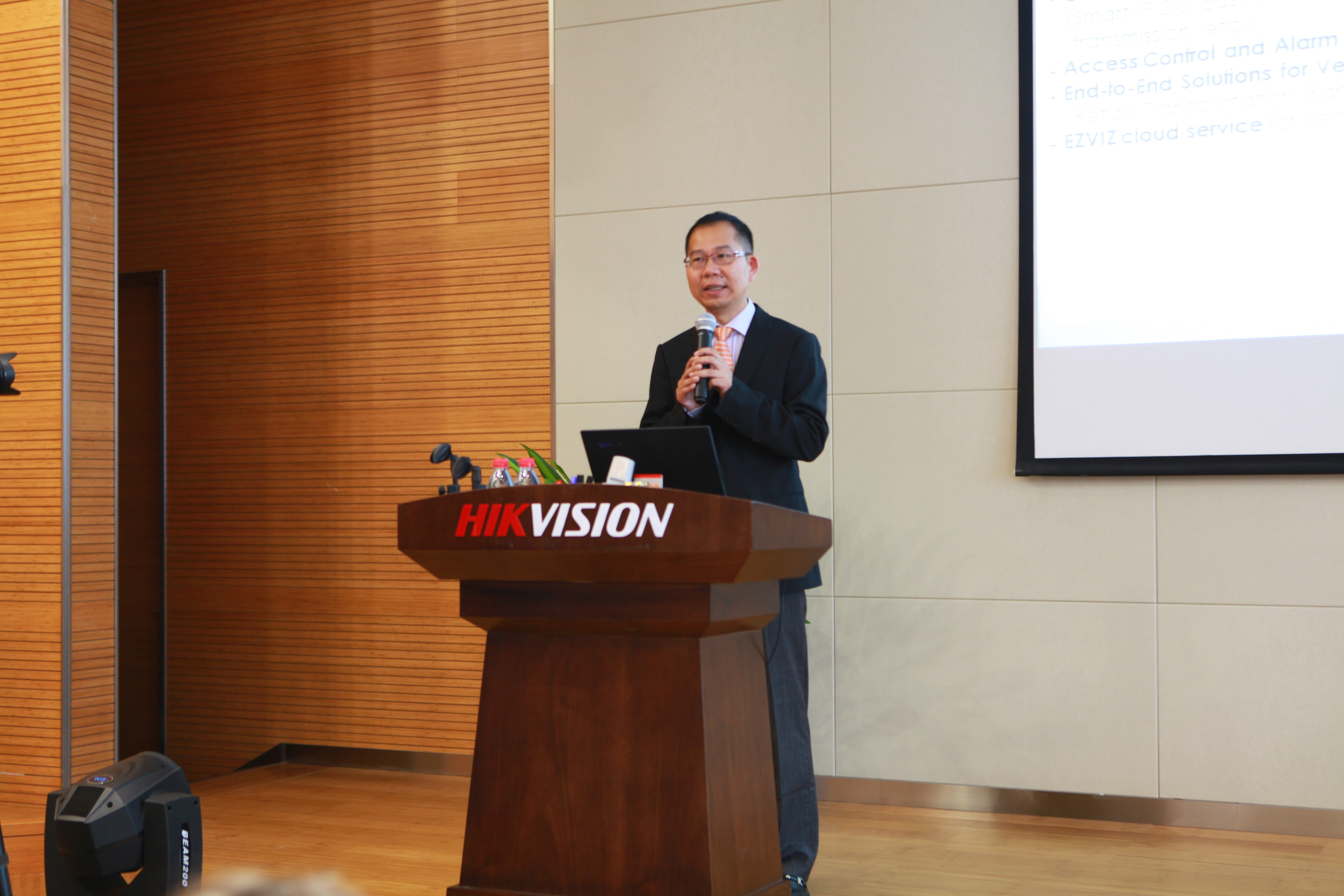
Secret of success
Putting Hikvision’s rise to become a leading global player into perspective, Yao was able to give some metrics related to this success. He revealed, for example, the company had achieved a sales revenue in 2014 of $2.78 billion, very impressive given the level of competition which is out there. Putting this into a wider historical context, since being established in 2001, Hikvision – said Yao – has posted a 53 percent compound average growth rate. Today, Hikvision has 14,500 employees with, interestingly, a significant proportion of these – 5,400 – being engineers. Yao added that to maintain Hikvision’s ‘robust R&D capability’ eight percent of annual revenue is now ploughed back into research and development. Regarding the production capacity which Hikvision can call on to fulfil soaring home market and global demand, he told the briefing that this amounts to 160,000 cameras and 28,000 ‘back-end’ products. For cameras it is the network cameras which are very much leading the way on a 90K daily figure compared to 65K for analogue and 5K per for PTZ dome cameras.
According to Yao, Hikvision is planning for the future with an example of this being work that is underway adjacent to the company’s current head office. The 68,000 square metre head office that exists now, consisting of two 22-storey towers connected by a four-storey mezzanine, is to be joined by a new facility nearly four times that size with 250,000 square metres of floor space and room to accommodate 11,000 employees.
Q&A
Turning to the question and answer session which followed on from the main presentation, the company’s president, Yangzhoug Hu was asked what he attributed Hikvision’s success to. In response he said there were really three elements which had combined, over time, to make the company’s prodigious rate growth a reality.
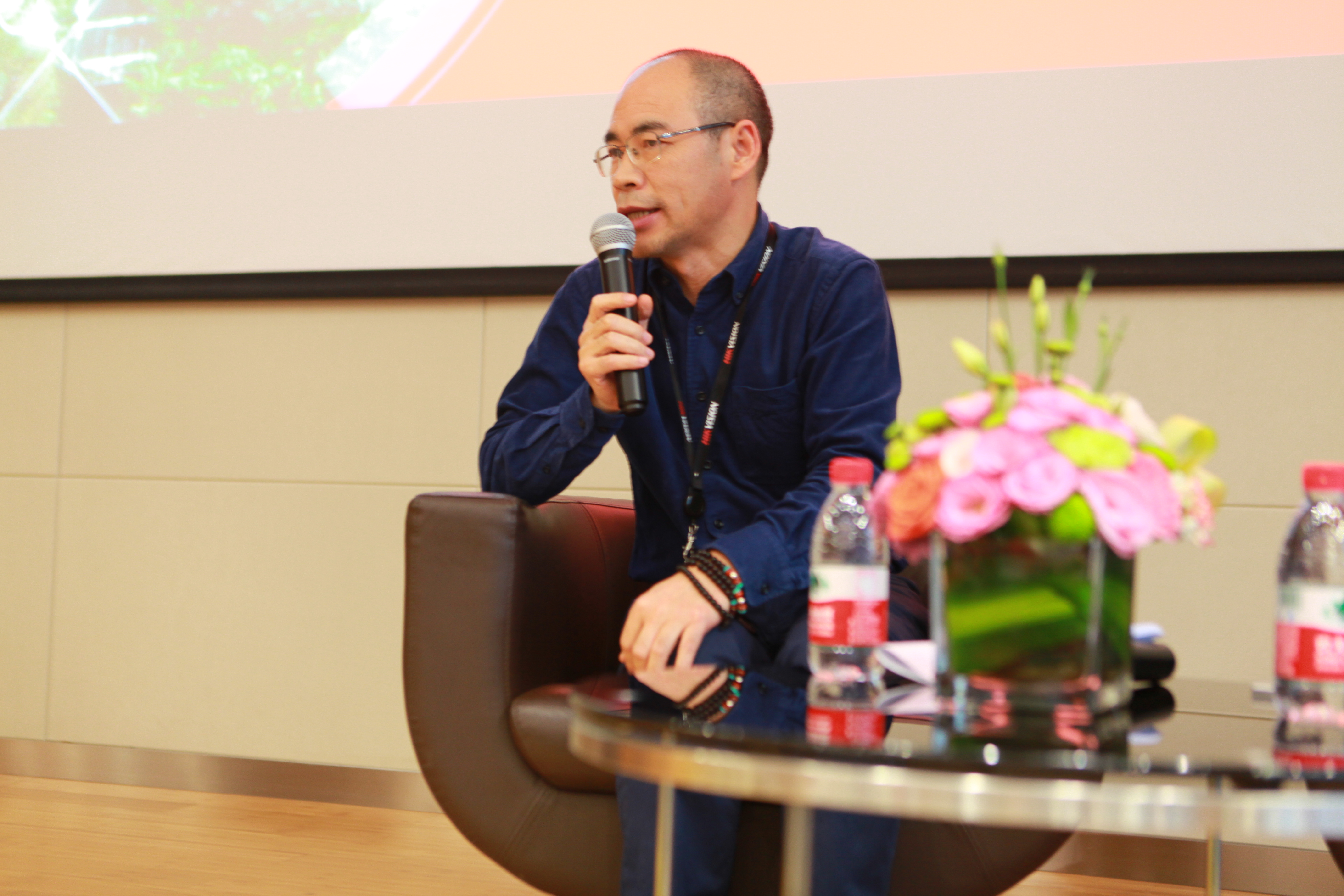
Hu reckoned that some of these were by design and others, he admitted, more down to luck: “From the analogue stage to digital, then to IP and intelligence, the industry has moved from one technology to another. What Hikvision has been doing in this process is that we take every opportunity for migration and go along with it, and luckily we have the achievement we have today.” Drilling down to specific examples, Hu said that when Hikvision saw the industry going for video content analysis, from 2006 the business started to invest in this area and, more recently, from 2011 onwards resources have been ploughed into cloud computing and big data development which are now coming to prominence.

Added to this, Yangzhoug Hu said he recognised that part of Hikvision’s success story is a reflection of the fast-paced expansion of China’s wider economy: “This makes a strong foundation for all industry development, including that of the security industry.” A final point that Hu highlighted was the enormous engineer resources that Chinese vendors can call upon: “This can support us on all new technology development.”
Talking cybersecurity
On a completely different subject, with cybersecurity increasingly in the news including, of relevance here, for video surveillance solutions, Hu was asked to comment on the efforts that Hikvision is taking to ensure its IP cameras and other equipment are as secure as possible when deployed on a network: “In the old days video surveillance products were sitting on the intranet and never on the public network. Because of that, product design was more focused on the management perspective instead of cybersecurity. We noticed that issue and have enhanced a lot of security on our products and platform.”
Hu confirmed that on the back of this company decided to establish the Hikvision Security Response Center (HSRC) to take feedback, handle, and announce security flaws: “We also collaborated with an international cybersecurity company to help us on the design of a more complete system in order to prevent cyberattacks.” Hu reported that concrete steps have now been taken to heighten cybersecurity:
“We set up a new structure on the product to make sure that whoever is setting up the device will have to have a more complicated password when they boot up.” Touching on the fact that this needs to be part of an industry-wide effort, Hu told his audience at the media briefing that in April 2015 Hikvision started to partner with different players in the market to set up the Cybersecurity Lab to help ‘formulate’ the cyber security issue for the security industry: “This is mainly on the product design use case to make sure that it will be formulated not only within Hikvision but across this industry. Moving forward, Hikvision will always face these potential challenges positively, and continue our efforts to enhance product security and we will remain open to provide an efficient response at the earliest opportunity,” concluded Hu.
Away from the media briefing, walking around Hikvision’s gleaming on-site showroom with its video screen, pristine all-white surfaces, and themed areas related to smart cities and homes, it felt like I had been transported onto the set of a science fiction movie. In the Hikvision Test Centre (HKTC) above it was also evident that the company was investing in a highly skilled and motivated workforce. In fact many on the R&D side are graduates educated up to PhD level.
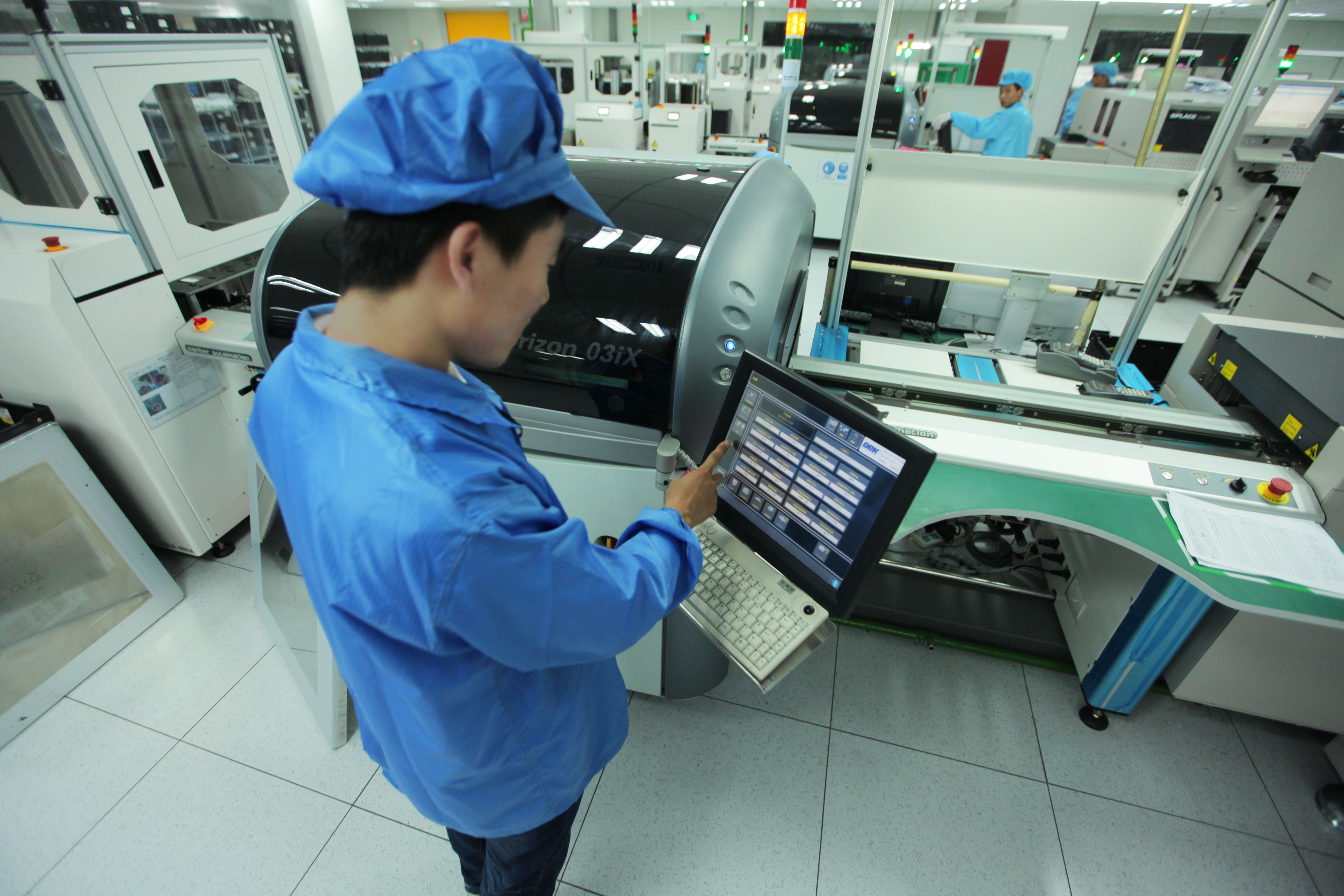
CPSE 2015
Travelling on from Hangzhou by plane my next stop in China was Shenzhen a city of over 10 million, close to Hong Kong. Shenzhen’s Convention and Exhibition Centre which was playing host to CPSE 2015 – the 15th China Public Security Expo. CPSE is certainly a big draw for those in the Chinese security industry as well as overseas vendors. In total there were 1,100 exhibitors, from 53 countries, displaying their security solutions to the more than 300,000 attendees. Certainly the crowds were apparent from day one, everywhere I looked there were throngs of people keen to find out more about the latest solutions on offer.
For its part Hikvision’s marketing team confirmed to me, post-event, that over 50,000 people visited the company’s booth. In terms of the standout technology and applications that Hikvision was showcasing during CPSE, these ranged from a demonstration of a UAV taking off and landing – which was certainly a big draw – to the application of the H.265 smart codec, 4K solutions, panoramic 360 and 180 cameras, ‘Big Data’, Cloud Storage and Cloud Platform, and its innovative EZVIZ Smart Home products.
Overseas ambitions
Catching-up with Keen Yao, Hikvision’s international marketing director, during CPSE 2015, he told me more about the company’s ambitious overseas plans and in particular with regards to the UK: “Now we have almost 30 people in the UK. The business has doubled in two years and it is much more welcome for customers looking for IP. To me it is very surprising when I walk down the street [in Britain] and see a Hikvision camera so it is very successful for us.”
I question Yao on what it is like as a Chinese manufacturer trying to secure a slice of what is a mature video surveillance market: “It is really very hard. In the UK we have a branch office and a special team. We think that after we established a branch office the situation for us totally changed. This is why we want to be much more popular in the global market and to do localisation. After we have a branch office in the UK we were much closer to our customers and we can do lots of technical support and service support to the customer so the situation is changing fast. We have a chance to get real feedback from the market.”
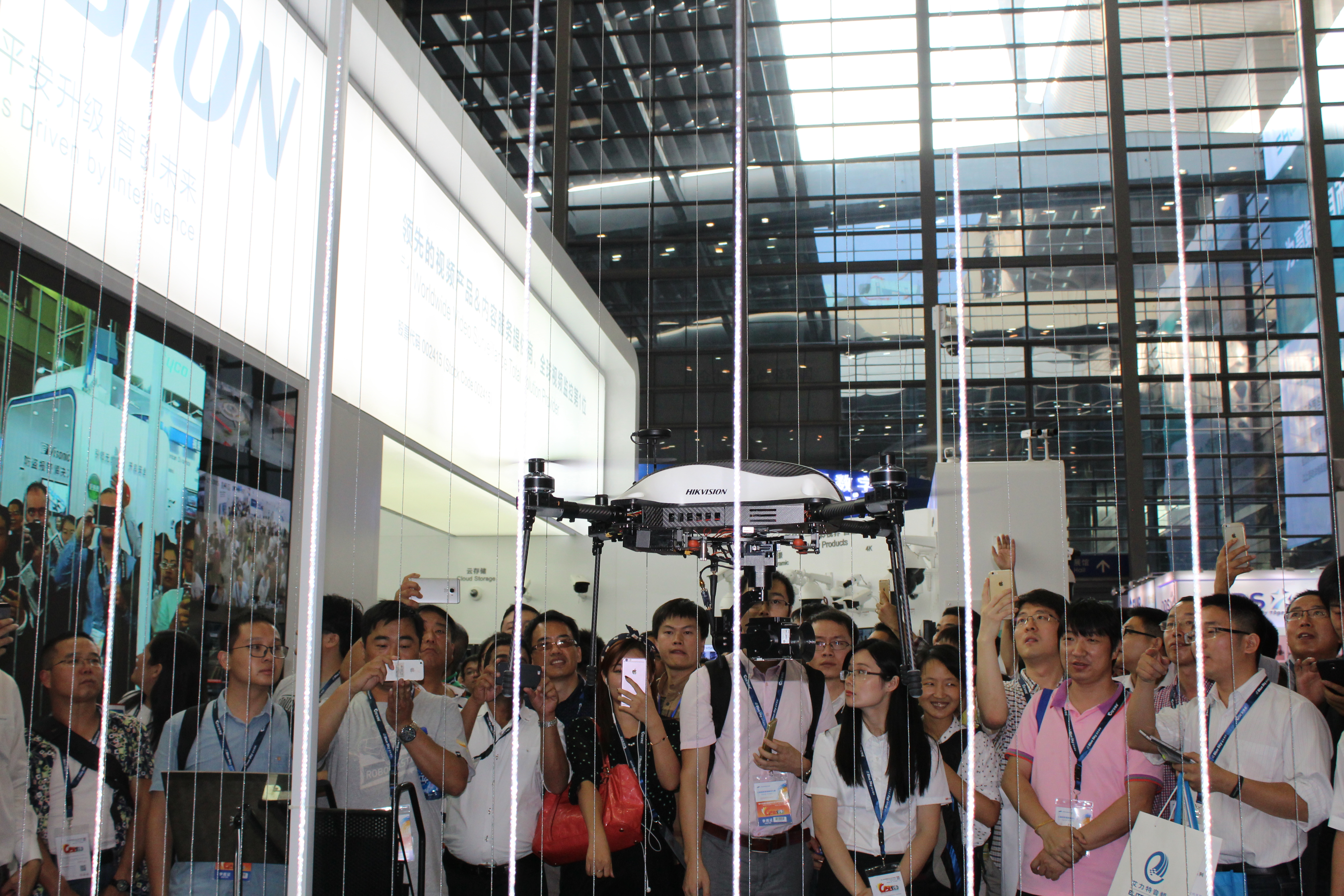
Market trends
Walking around for a flavour of the trends coming out of CPSE, beyond Hikvision’s booth H.265 was a recurring theme, as too were the drones. Also much in evidence was body-worn video which seems to be hitting the big time in China in a similar way to the UK or North America.
For another perspective on the Chinese video surveillance market I managed to sit down with Jon Cropley principal analyst for video surveillance equipment at IHS during CPSE 2015. I started by asking Cropley about the scale of the Chinese market: “One of the things that we have been emphasising for a very long time is just how important China is to the global video surveillance market. As a country it is the largest market in the world and accounted for a massive 40 percent of global revenues in 2014. The US was the second largest but wasn’t nearly as big,” said Cropley.
Cropley went on to confirm that the two largest video surveillance vendors are also Chinese, specifically Hikvision and Dahua Technology at number one and two respectively: “A lot of the innovation is coming from China as well. You might have seen here at CPSE some of the companies which are driving that. There are two examples H.265 and HD CCTV which are both being pushed by Chinese vendors and Chinese component suppliers.” He concludes by saying that China is a very, very, important market for video surveillance, significantly, that IHS is forecasting that the market will grow by 17 percent in 2015.
“At some point this will start to slow and it becomes a replacement market but at the moment there are plenty of new installations in the Chinese market. When you think about the size of population in China the number of people to camera ratio is still higher than in other parts of the world. There is room for additional growth.”
Selling to China
Seeking out a UK vendor’s perspective as an outsider doing business in China I spoke to John Davies managing director of TDSi: “As the market has grown the number of companies that are supplying to the market has expanded and so our efforts have had to change and the way we market ourselves and the way relationships are developed.”
Davies offers some sage advice to those looking to venture into the Chinese market for the first time: “If you are a SME don’t try and do it alone, you need a Chinese partner. Don’t try and think that you can be successful in China by remote control and doing it on an ad hoc basis, it takes time.” Davies points out that the approach to China is of course going to be different for large global concerns as they are likely to already have a dedicated Chinese operation with staff based in their own offices who can develop their own relationships with systems integrators, for example.
Facing the future
Given that the country is well on its way to being the world’s largest economy – and by some measures may already have surpassed this mark – it seems certain that Chinese companies, and the Chinese security market, are going to play an ever more prominent role in developing and defining future video surveillance, and wider security, solutions in the years and decades to come.
[su_button url=”https://www.securitynewsdesk.com/newspaper/” target=”blank” style=”flat” background=”#df2027″ color=”#ffffff” size=”10″ radius=”0″ icon=”icon: arrow-circle-right”]For more stories like this click here for the SecurityNewsDesk Newspaper[/su_button]








